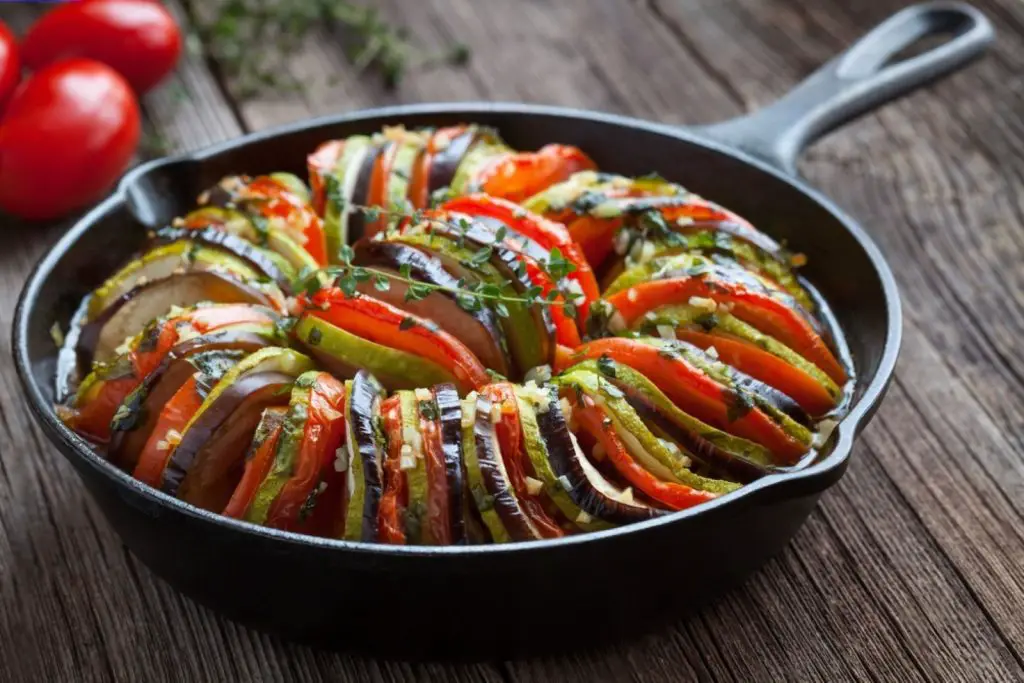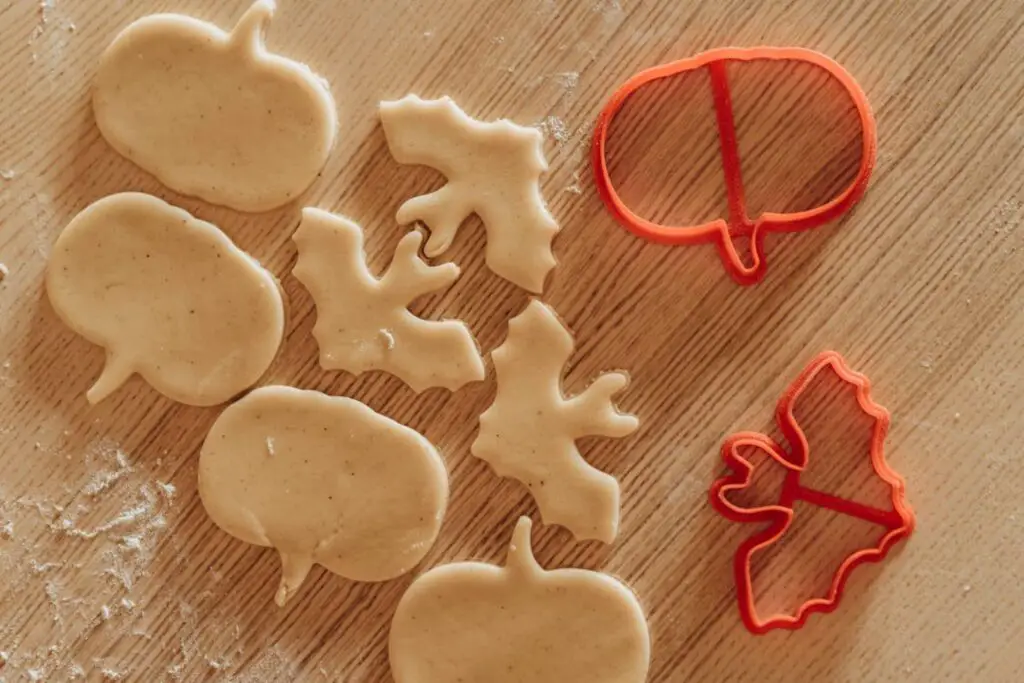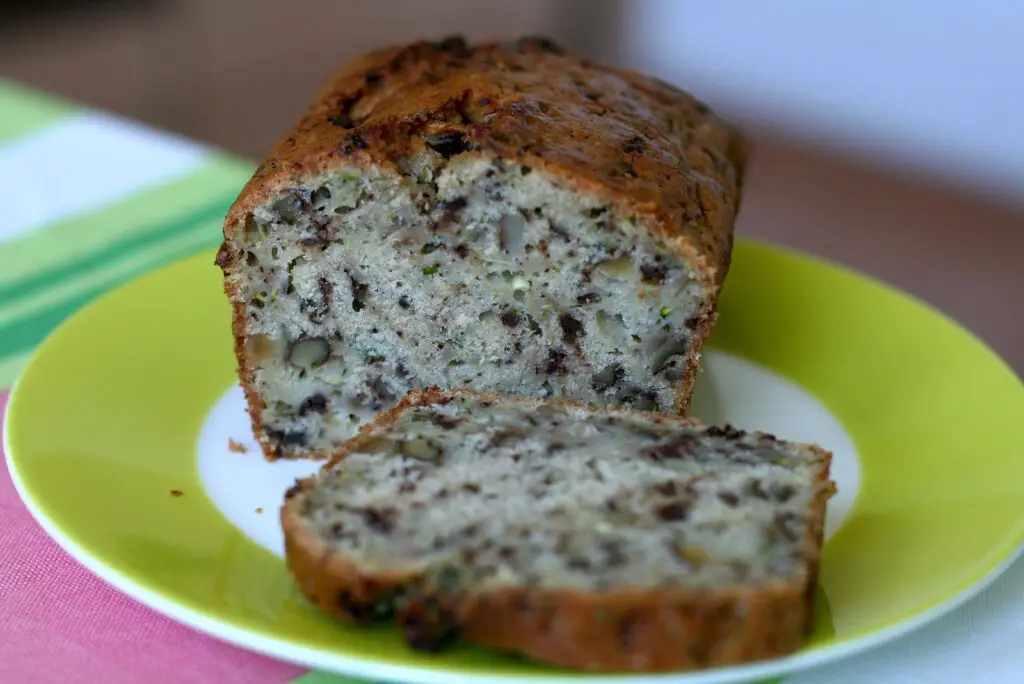
Okra with cornmeal is a popular Southern dish that combines the unique flavor and texture of okra with a crispy cornmeal coating. The dish is a delightful side or appetizer, often enjoyed during the peak okra season. However, if you find yourself with an abundance of fresh okra and want to preserve it for future use, freezing is an excellent option. Freezing okra with cornmeal allows you to enjoy this delicious dish even when fresh okra is out of season. By following the proper freezing techniques, you can lock in the flavors and textures of the okra and cornmeal, ensuring a tasty treat whenever you desire.
Here are the simple steps to freeze okra with cornmeal:
Step 1: Wash and dry the okra
Washing and drying the okra before freezing it is important for several reasons. Firstly, washing the okra removes any dirt or debris that may be present on the surface of the vegetable, which can lead to the growth of bacteria or mold during storage. Secondly, washing the okra can help to remove any residual pesticides or chemicals that may have been used during cultivation.
Drying the okra is equally important, as any residual moisture on the surface of the vegetable can lead to the formation of ice crystals during the freezing process. These ice crystals can cause damage to the cells of the okra, which can result in a loss of texture and flavor. By ensuring that the okra is thoroughly dried before freezing, you can help to prevent the formation of ice crystals and maintain the quality of the vegetable for longer periods of time.
Do you have to boil okra before freezing?
No, boiling okra is not necessary before freezing. However, blanching okra for 3 minutes before freezing can help to preserve its color, flavor, and texture. Blanching involves briefly boiling the okra and then quickly cooling it in ice water before freezing it.
Step 2: Cut the okra into desired size
Cutting the okra into the desired size before freezing is important for several reasons. Firstly, it allows you to prepare the okra in a way that is most convenient for your needs. For example, you may want to cut the okra into bite-sized pieces for easy snacking, or leave them whole for use in stews or casseroles.
Secondly, cutting the okra can help to ensure that the vegetable freezes evenly. This is because smaller pieces of okra will freeze more quickly than larger ones, and will therefore be less likely to develop ice crystals that can damage the cells of the vegetable.
Finally, cutting the okra into smaller pieces can also help to reduce the amount of space that it takes up in your freezer. This can be particularly important if you have limited freezer space, or if you are freezing a large quantity of okra.
In short, cutting the okra into the desired size before freezing is a simple but important step that can help to ensure that the vegetable freezes evenly and remains fresh and flavorful throughout the freezing and storage process.
Step 3: Coat the okra in cornmeal
Coating the okra in cornmeal before freezing is a great way to preserve the texture and flavor of the vegetable. Cornmeal is a dry and absorbent ingredient that can help to remove excess moisture from the surface of the okra, which can prevent the formation of ice crystals during the freezing process.
In addition to helping to preserve the texture and flavor of the okra, coating it in cornmeal can also add a delicious crunch and flavor to the vegetable when it is cooked. By mixing the cornmeal with your desired seasonings, you can also customize the flavor to your preferences.
To coat the okra in cornmeal, you will need to mix the cornmeal and seasonings in a bowl. Then, roll the okra in the mixture until it is evenly coated. It is important to ensure that the okra is coated thoroughly in the cornmeal mixture, as this will help to ensure that it is protected from freezer burn and that the flavor and texture are preserved.
Can I add other seasonings to the cornmeal mixture before freezing the okra?
Yes, you can add other seasonings to the cornmeal mixture before freezing the okra. Common seasonings used for okra include salt, pepper, garlic powder, onion powder, and paprika. However, it is important to keep in mind that some seasonings may become less potent during freezing, so you may need to add more seasoning when cooking the okra. Experiment with different seasonings to find your preferred flavor.
Can I reuse the cornmeal coating after freezing?
It is not recommended to reuse the cornmeal coating after freezing okra. The coating will absorb moisture from the okra during the freezing process, which can lead to a change in texture and flavor. Additionally, refreezing the coating may result in a loss of quality and increase the risk of foodborne illness. It is best to discard any unused cornmeal coating and make a fresh batch when ready to freeze more okra.
Step 4: Arrange the coated okra on a baking sheet
Arranging the coated okra in a single layer on a baking sheet before freezing is important for several reasons. Firstly, it allows the okra to freeze evenly and quickly. When the okra is arranged in a single layer, it will be exposed to the cold air on all sides, which will help it to freeze more quickly and evenly. This can help to prevent the formation of large ice crystals that can damage the cells of the okra.
Secondly, arranging the okra in a single layer on a baking sheet can help to prevent the pieces from sticking together during freezing. When the okra pieces are frozen together, they can be difficult to separate, which can make it more difficult to use them in recipes later on. By arranging the okra in a single layer, you can help to prevent this from happening and ensure that each piece of okra is frozen separately.
Finally, arranging the okra in a single layer on a baking sheet can also help to save space in your freezer. By using a baking sheet, you can stack the okra vertically in your freezer, which can help to make more efficient use of the available space.
Step 5: Freeze the okra
After the coated okra has been arranged in a single layer on the baking sheet, the next step is to freeze it until it is solid. This typically takes about two hours, but the exact time may vary depending on the size of the okra pieces, the temperature of the freezer, and other factors.
Freezing the okra until it is solid is important for several reasons. Firstly, it ensures that the okra is fully frozen and will keep well in the freezer for an extended period of time. If the okra is not frozen solid, it may develop freezer burn or spoil more quickly.
Secondly, freezing the okra until it is solid can help to preserve its texture and flavor. When the okra is frozen quickly and evenly, it can help to prevent the formation of large ice crystals that can damage the cells of the vegetable and cause it to become mushy or limp when it is thawed.
Freezing the coated okra until it is solid is a critical step in the process of freezing okra with cornmeal. By ensuring that the okra is fully frozen and maintaining its texture and flavor, you can enjoy delicious and nutritious okra dishes all year round, even when the vegetable is out of season.
Step 6: Transfer the frozen okra to a freezer-safe container
After the coated okra is fully frozen, the next step is to transfer it to a freezer-safe container. This is important for several reasons.
Firstly, transferring the okra to a freezer-safe container helps to protect it from freezer burn and other forms of freezer damage. When the okra is in a container, it is shielded from the cold air and moisture in the freezer that can cause it to dry out or become damaged over time.
Secondly, using a freezer-safe container helps to keep the okra organized and easily accessible. By keeping all of the frozen okra in one container, you can easily find and retrieve it when you want to use it in a recipe.
Lastly, labeling the container with the date and contents is an important step for food safety and organization. By labeling the container with the date that the okra was frozen, you can keep track of how long it has been in the freezer and ensure that it is still safe to eat. Additionally, labeling the container with the contents can help you to quickly identify what is in the container without having to open it and rummage through it.
What are the best freezer-safe containers?
Some examples of best freezer-safe containers are the following:
- Glass containers with snap-on lids
- Heavy-duty plastic containers with tight-fitting lids
- Freezer bags made from thick, puncture-resistant plastic
- Silicone freezer bags or containers
- Metal containers or pans with tight-fitting lids or coverings
- Vacuum-sealed plastic bags or containers
Other related questions
How to defrost okra with cornmeal?
To defrost okra with cornmeal, remove the frozen okra from the freezer and place it in the refrigerator to thaw overnight. Alternatively, you can thaw the okra in the microwave using the defrost setting for 2-3 minutes, checking it regularly to prevent overcooking. Once the okra is thawed, you can cook it as desired, such as baking, frying, or sautéing it.
Can you refreeze okra with cornmeal?
Refreezing okra with cornmeal is generally not recommended, as it can negatively affect the texture and quality of the okra. When food is thawed and then refrozen, ice crystals can form and damage the cells, leading to a loss of flavor and texture. It is best to only freeze okra once and use it within a few months for optimal taste and quality.
How long does okra with cornmeal last in the freezer?
Okra with cornmeal can last up to 8 months in the freezer when stored properly in an airtight container or freezer bag. However, for best taste and quality, it is recommended to consume the frozen okra within 3-6 months. Over time, the okra may lose its texture and flavor, so it is important to use it within the recommended time frame.
How do I know if the okra with cornmeal has gone bad after being frozen?
Frozen okra with cornmeal can go bad if it is stored for too long or if it is not stored properly. Signs of bad okra include a foul odor, sliminess, and discoloration. If you notice any of these signs, it is best to discard the okra. Always remember to label the container with the date of freezing to ensure that it is used within a reasonable time frame.
How do you keep frozen okra from getting slimy?
To prevent frozen okra from becoming slimy, blanch it before freezing to stop the enzymatic activity that causes slime. Dry the okra completely before freezing to prevent ice crystals from forming. Store the okra in an airtight freezer-safe container or freezer bag to prevent moisture from getting in. Thaw frozen okra in the fridge to avoid condensation and further moisture buildup. Finally, cook frozen okra immediately after thawing to avoid slime.
How do I cook frozen okra with cornmeal?
To cook frozen okra with cornmeal, preheat the oven to 400 degrees F. Spread the frozen okra on a baking sheet and bake for 15-20 minutes, or until crispy and golden brown. Alternatively, you can also pan-fry the frozen okra in hot oil until it is crispy and cooked through. Season with salt and pepper to taste before serving.








